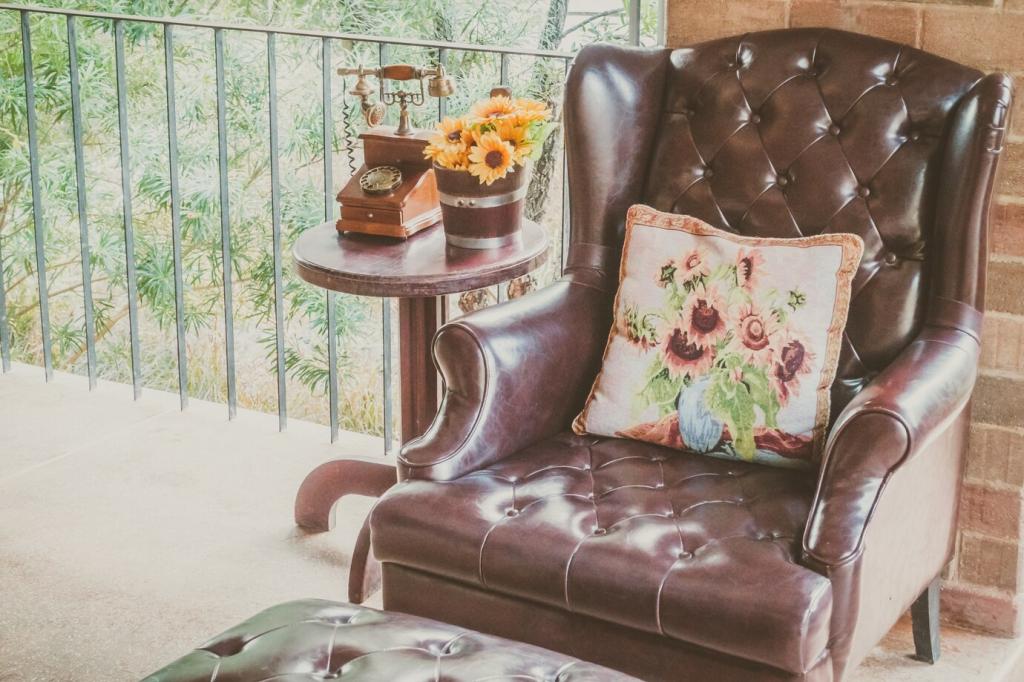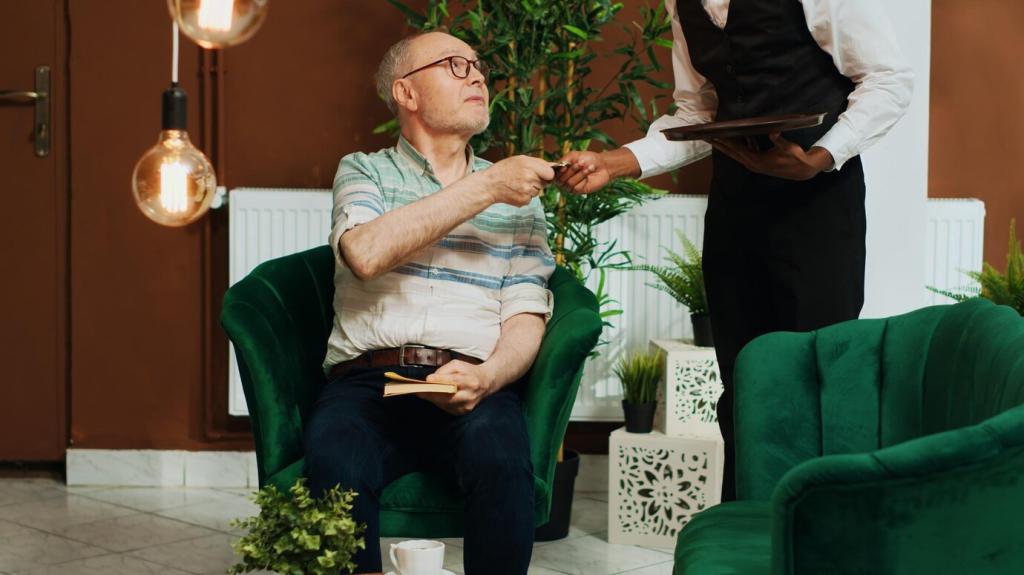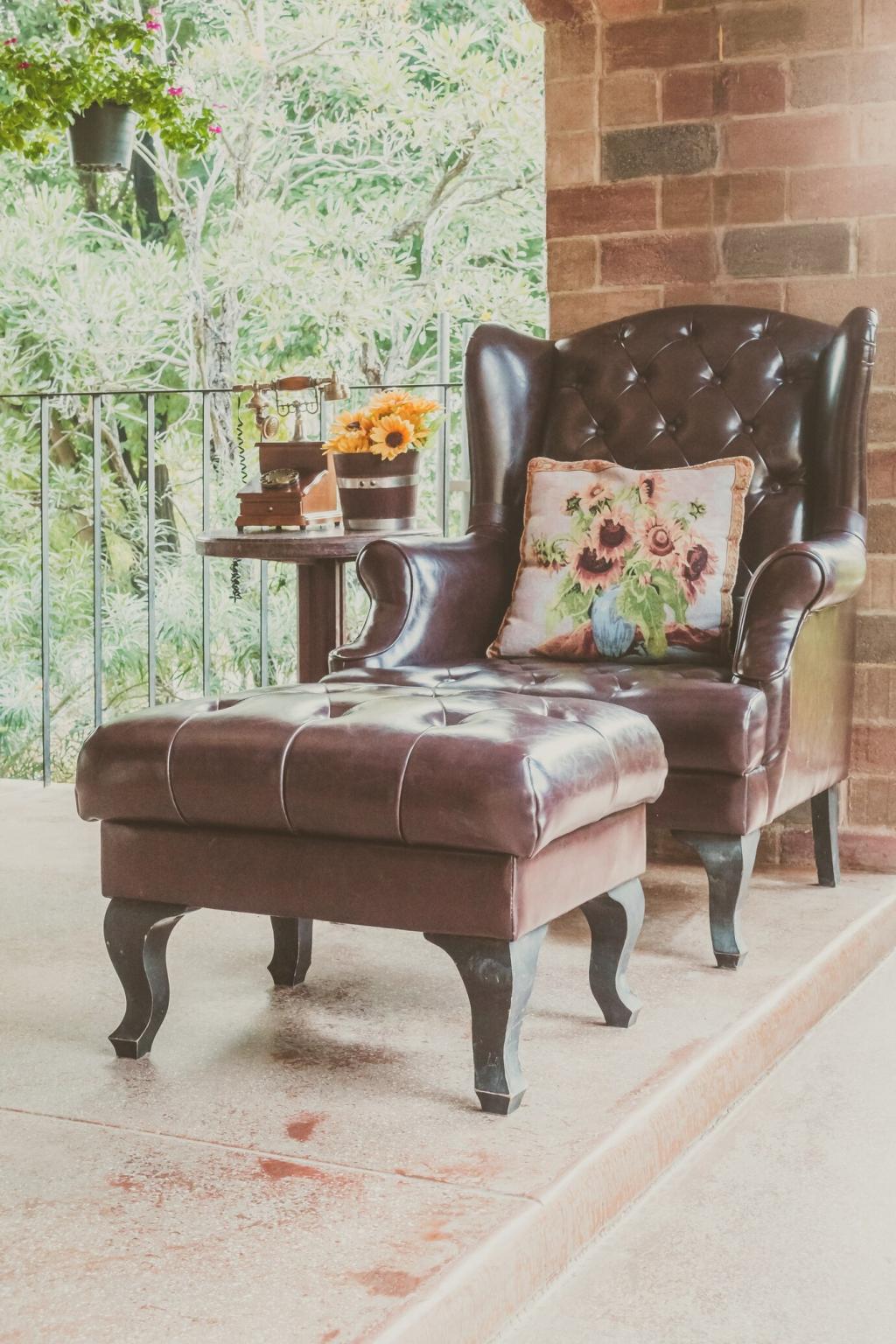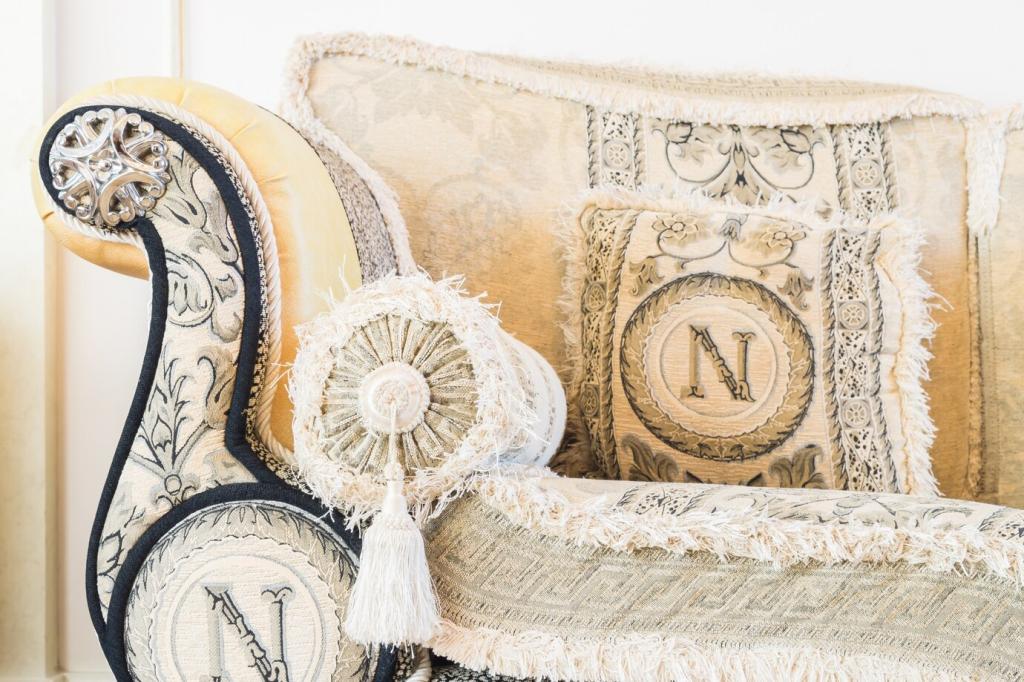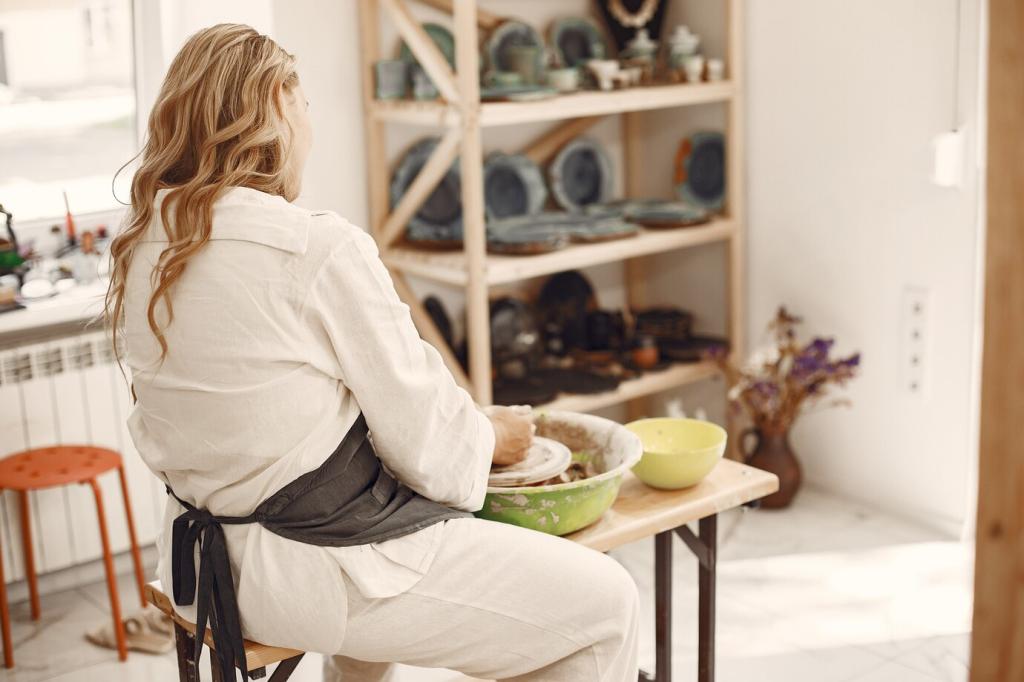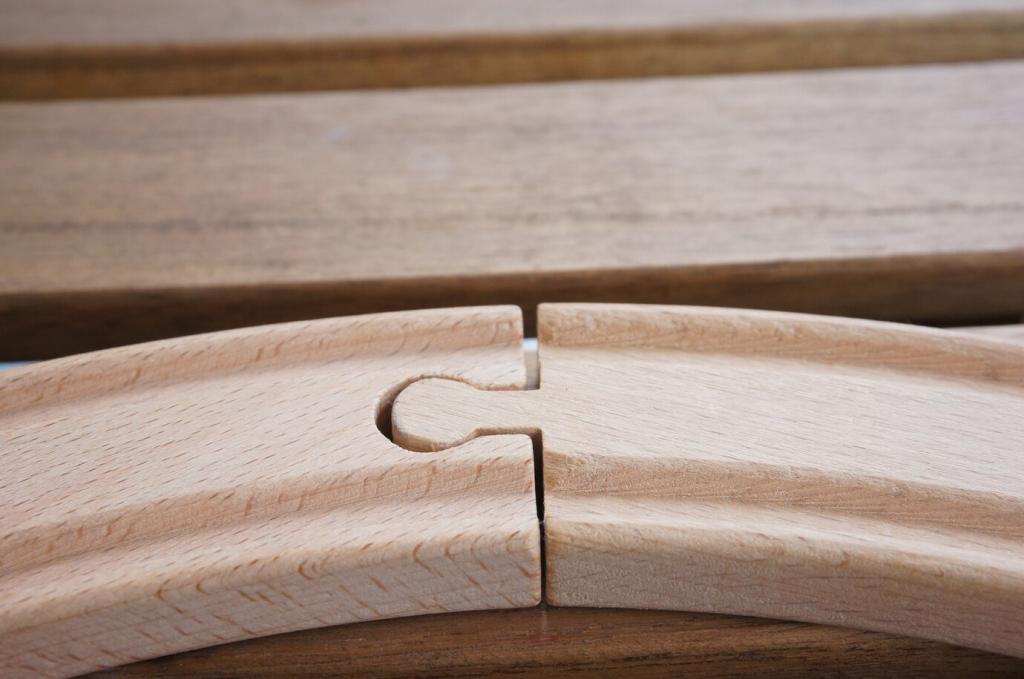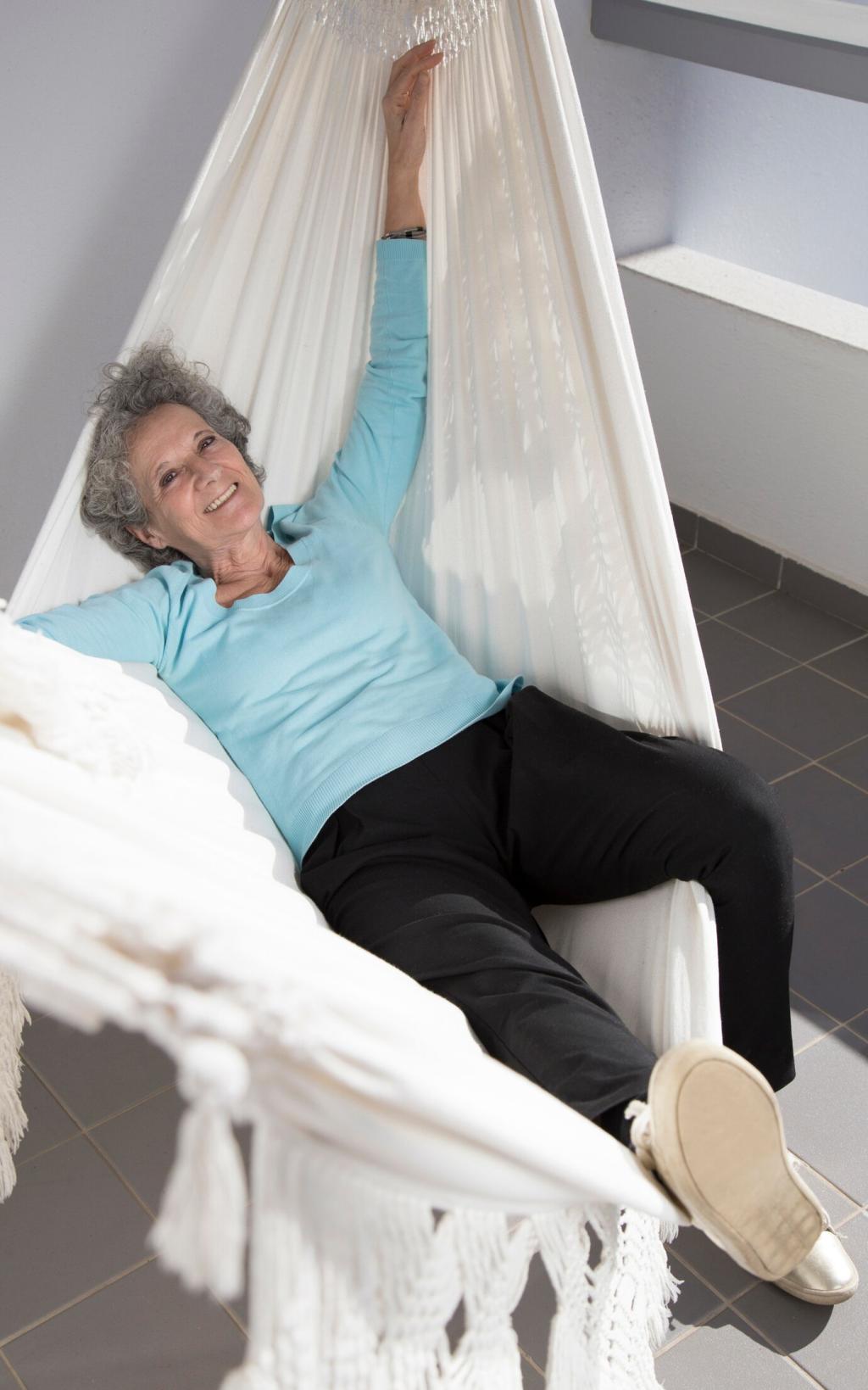Everyday Habits That Make a Big Difference
Turn tables, switch chair positions, and move decor items monthly so one spot does not fade into a ghost silhouette. Set calendar reminders to make it effortless. This low-cost ritual smooths out color changes so they remain subtle, natural, and far less noticeable over time.
Everyday Habits That Make a Big Difference
Use table runners and throws woven from UV-stable, colorfast materials to intercept harsh rays during peak hours. Choose light, breathable fabrics so you keep the bright ambiance. If you have a favorite protective textile or brand that never bleeds dye, drop a recommendation in the comments.

